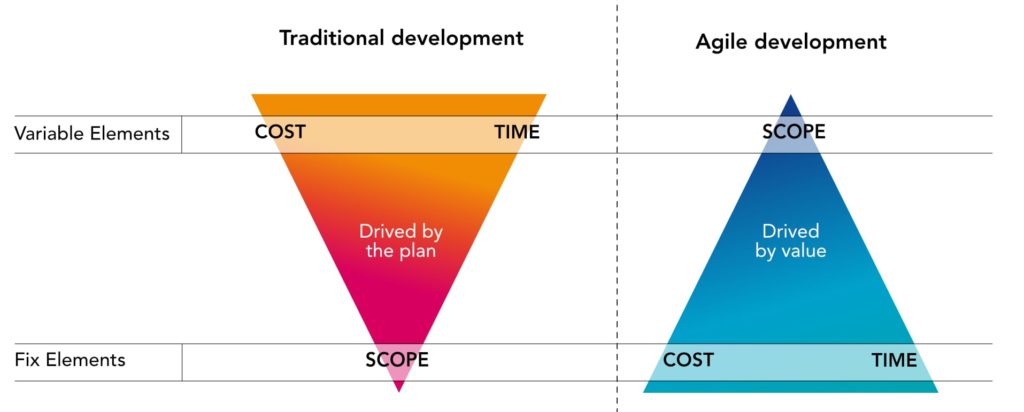Security and Enterprise Agility: Constraints and Solutions
Security and Enterprise Agility do not usually go hand in hand. Also, the impact of security and compliance on Agility in today’s technological environment, which requires many companies to take such measures to ensure the integrity of their operations and preserve data confidentiality, should not be underestimated.
Definitely, the constraints that certain security and compliance measures impose suggest that Security and Enterprise Agility can hardly go hand in hand.
But, no matter how many developers there are in your organization, it is possible to do software development in Agile mode. Hundreds of writings praise the merits of this development methodology, so here are some of the most important points:
- Better match between deliverables and needs;
- Minimize the risk of slippage by splitting the project into “sprints” and these into “tasks” of short duration;
- Better communication between the various project stakeholders;
- Emphasis is placed on identifying and categorizing the functionalities that will have the most added value for the organization;
- In the “cost, time, functionality” trilogy, the challenge is to develop as many of the most important features as possible in the time allocated, even if it means removing features, unlike the Waterfall mode, which emphasizes features, all features, even if it means exceeding them over time.











Lastest Comments